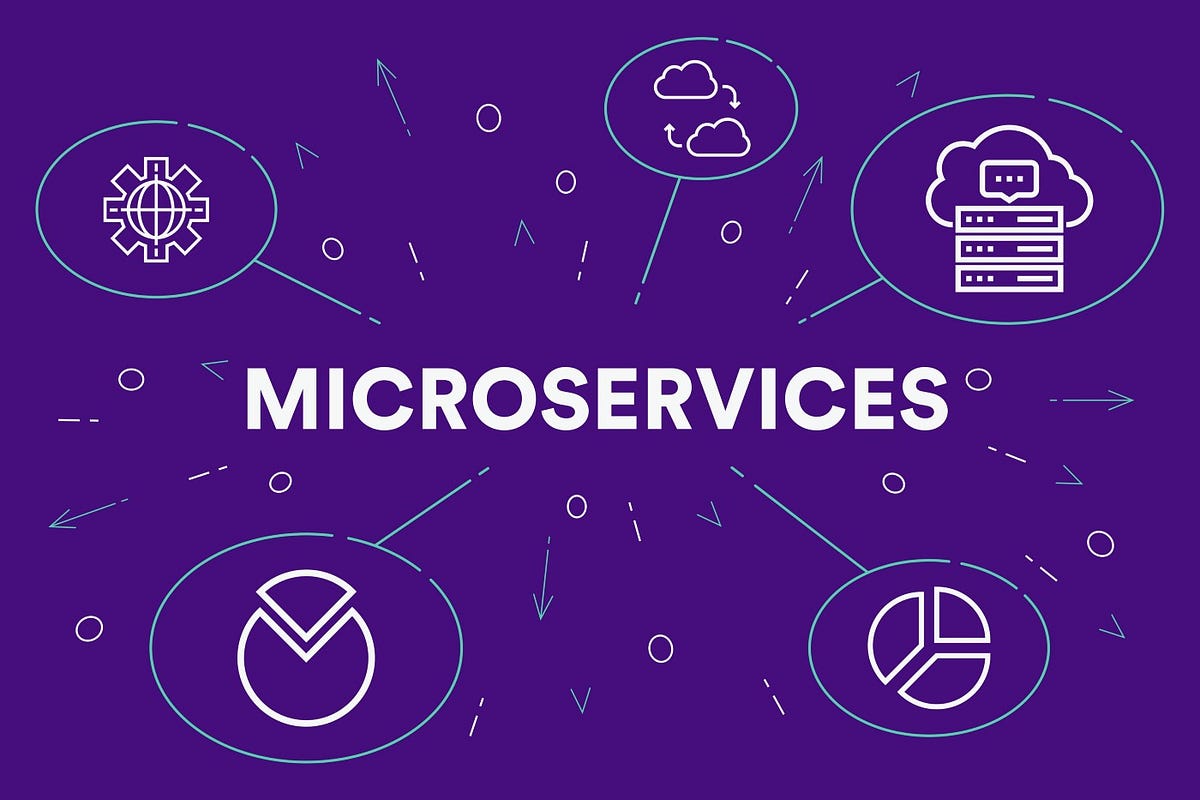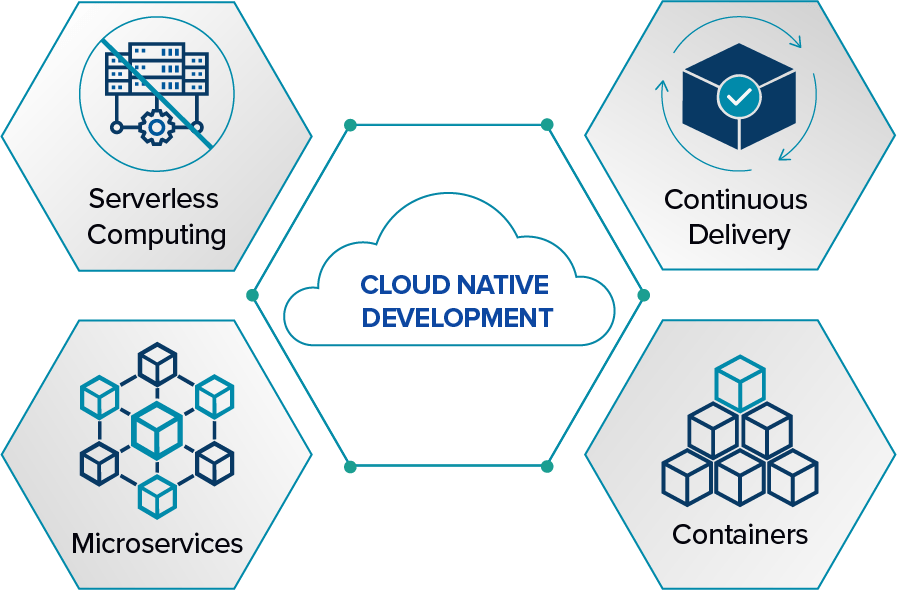
Understanding Microservices Architecture For Cloud-Native Applications
In recent years, microservices architecture has become increasingly popular in the development of cloud-native applications. Microservices are a way of designing software systems as a collection of small, independent, and loosely coupled services that communicate with each other through well-defined APIs. In this blog, we will discuss what microservices architecture is and why it is useful for cloud-native applications.

What is Microservices Architecture?
Microservices architecture is a software development approach that breaks down an application into small, independent services. Each service is responsible for performing a specific task and communicates with other services through a well-defined API. This approach is in contrast to the traditional monolithic architecture, where the application is developed as a single, large and tightly coupled unit.
The benefits of Microservices Architecture
There are several benefits of microservices architecture that make it well-suited for cloud-native applications:
- Scalability: With microservices architecture, each service can be scaled independently, allowing the application to handle a large number of users and requests.
- Agility: Microservices architecture allows for faster development and deployment cycles. Since each service is independent, developers can work on them separately, making it easier to make changes without affecting the entire system.
- Resilience: Microservices architecture is more resilient to failures since services are designed to be loosely coupled. If one service fails, it does not affect the other services in the system.
- Flexibility: Microservices architecture allows developers to use different technologies and programming languages for different services, enabling them to choose the best tool for the job.
- Cost-effectiveness: Microservices architecture allows organizations to reduce costs by deploying and scaling only the necessary services.
Challenges of Microservices Architecture
While there are several benefits to microservices architecture, there are also challenges that developers and organizations must overcome. These include:
- Complexity: Microservices architecture can be complex to design, develop, and maintain. Developers need to manage multiple services, each with its own API and database.
- Testing: Testing microservices can be challenging since each service is independent and needs to be tested separately.
- Monitoring: With microservices architecture, monitoring becomes more complex as there are multiple services running independently. Developers need to monitor each service separately to ensure that the system is running correctly.
- Deployment: Deployment of microservices requires careful planning and coordination to ensure that all services are deployed and running correctly.
- Security: Security can be challenging in microservices architecture since each service has its own API and database, making it more difficult to secure the system.
Conclusion
Microservices architecture is an effective approach for designing cloud-native applications. It offers several benefits, including scalability, agility, resilience, flexibility, and cost-effectiveness. However, it also comes with its own set of challenges, including complexity, testing, monitoring, deployment, and security. Organizations must weigh the benefits against the challenges before deciding to adopt microservices architecture. Ultimately, the success of microservices architecture depends on how well it is implemented and managed.


No Comments